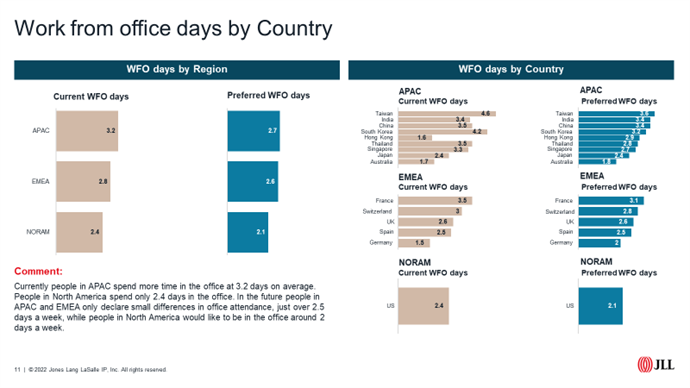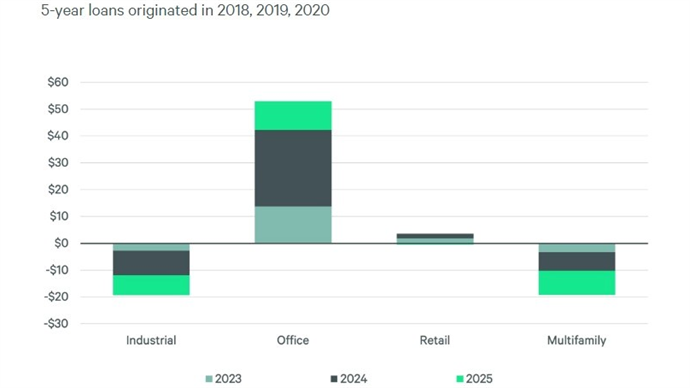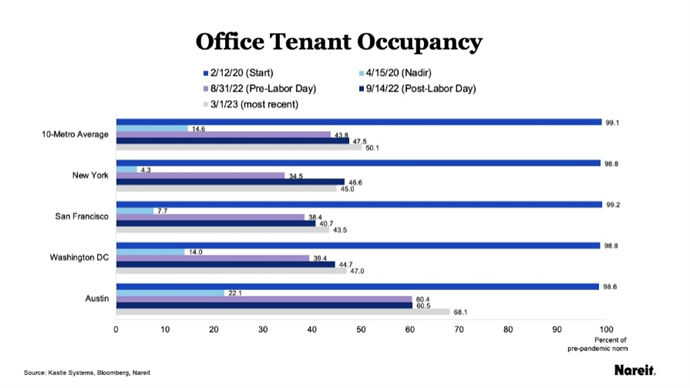Working from the office in the US has lost its appeal for many, leading to questions over the future of the asset class. Robin Marriott reports. (long form article)
MAGAZINE: A difficult new world
- In Magazine highlights
- 20:48, 24 mei 2023
Premium subscriber content – please log in to read more or take a free trial.
Events
Latest news
Best read stories
-

Weekly data sheet: Motel One sale's valuation is latest proof of hospitality sector roaring back
- 12-apr-2024
Morgan Stanley spin-off, Proprium, made a 20-times multiple on its €65 mln equity investment in 2007 in Motel One.





































